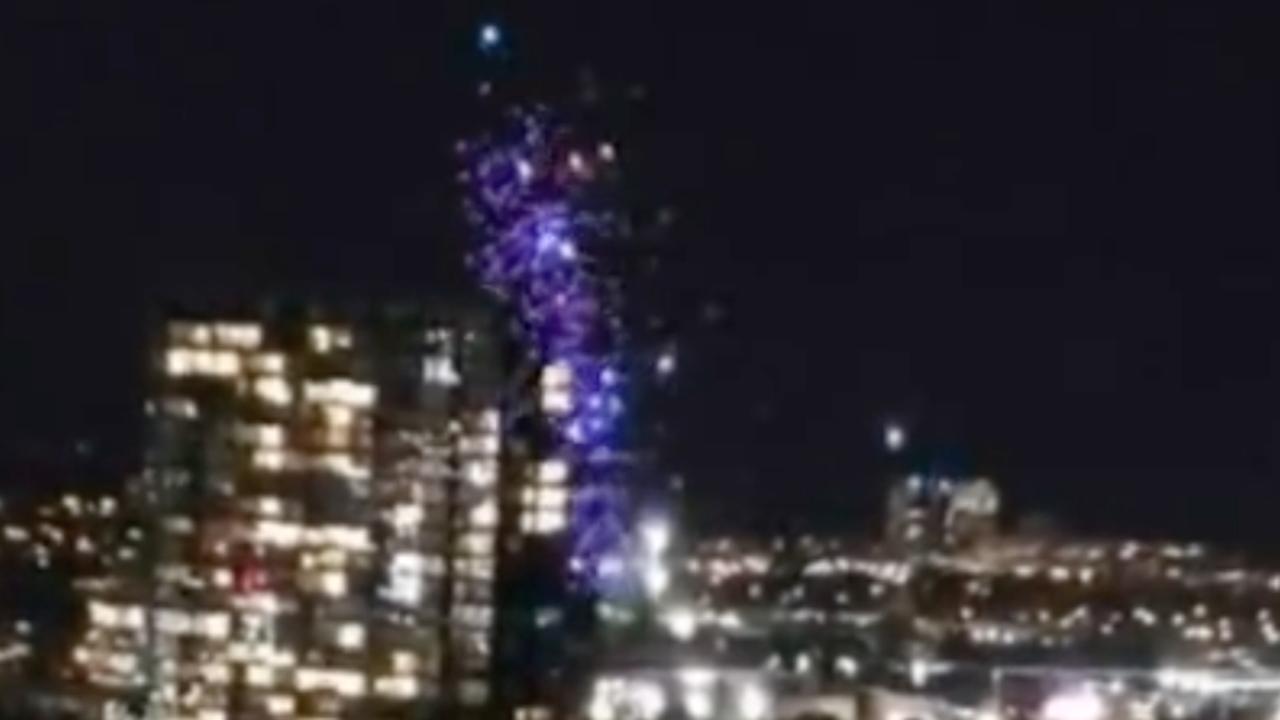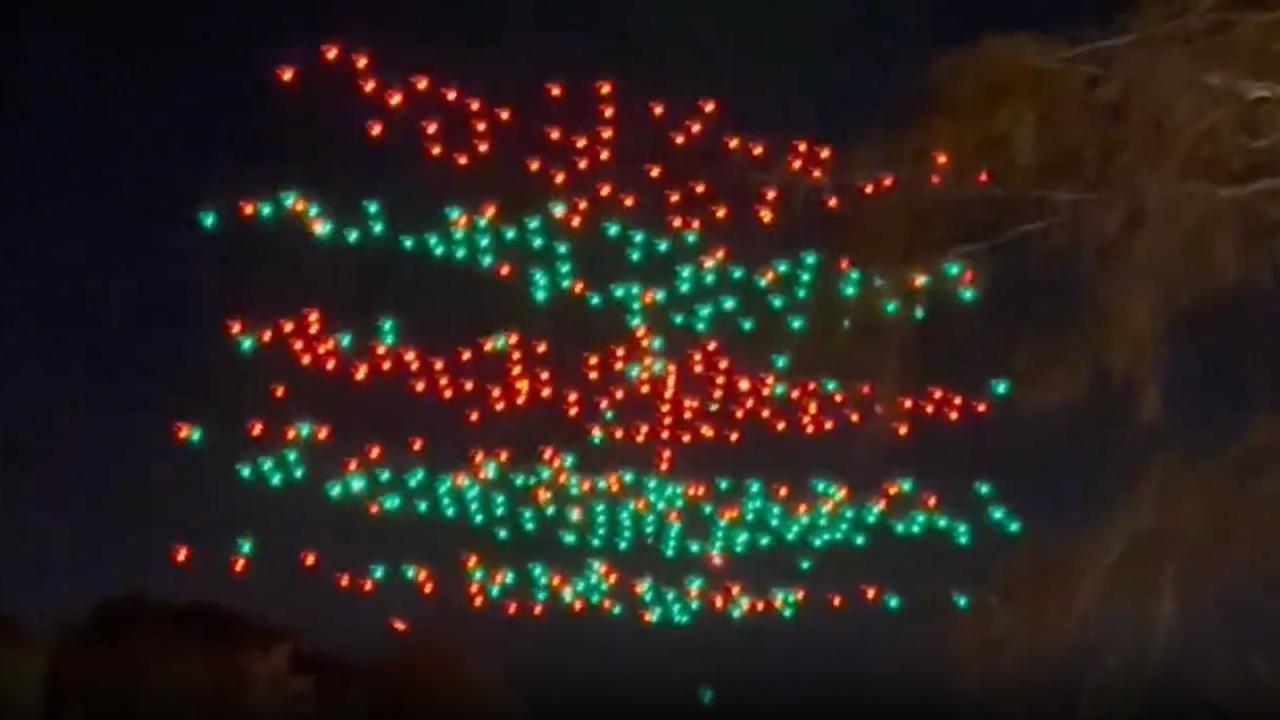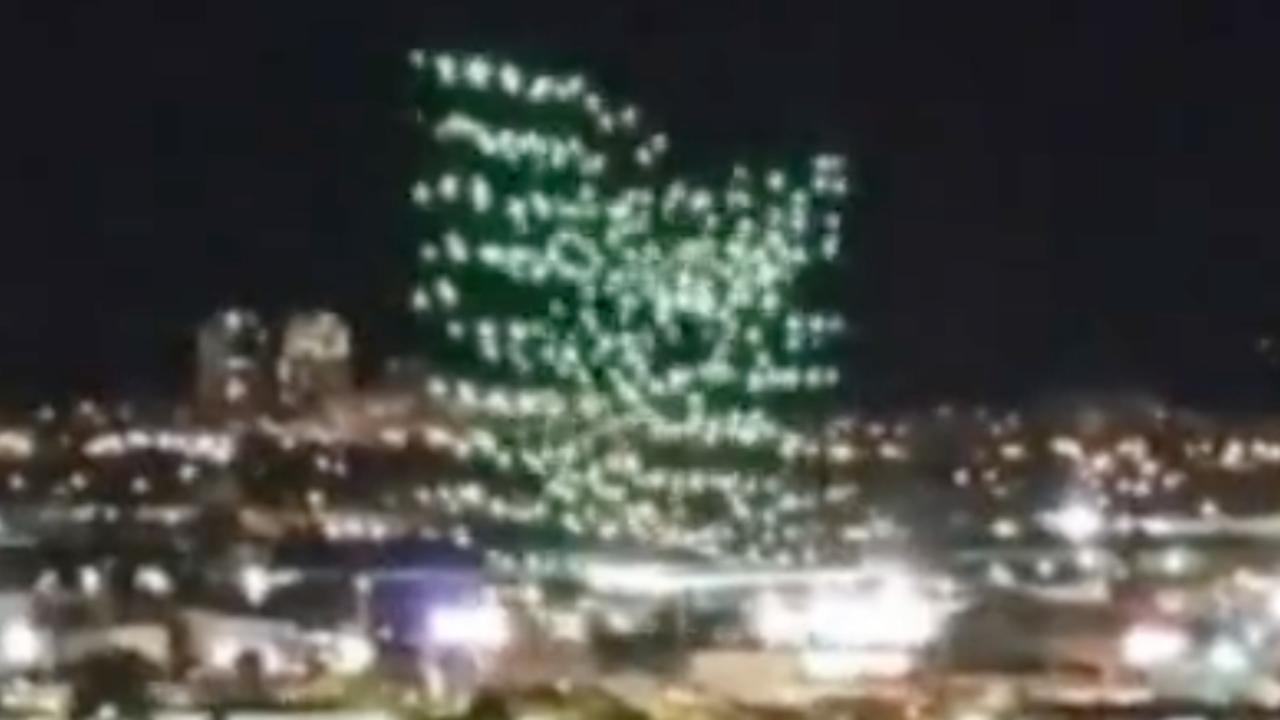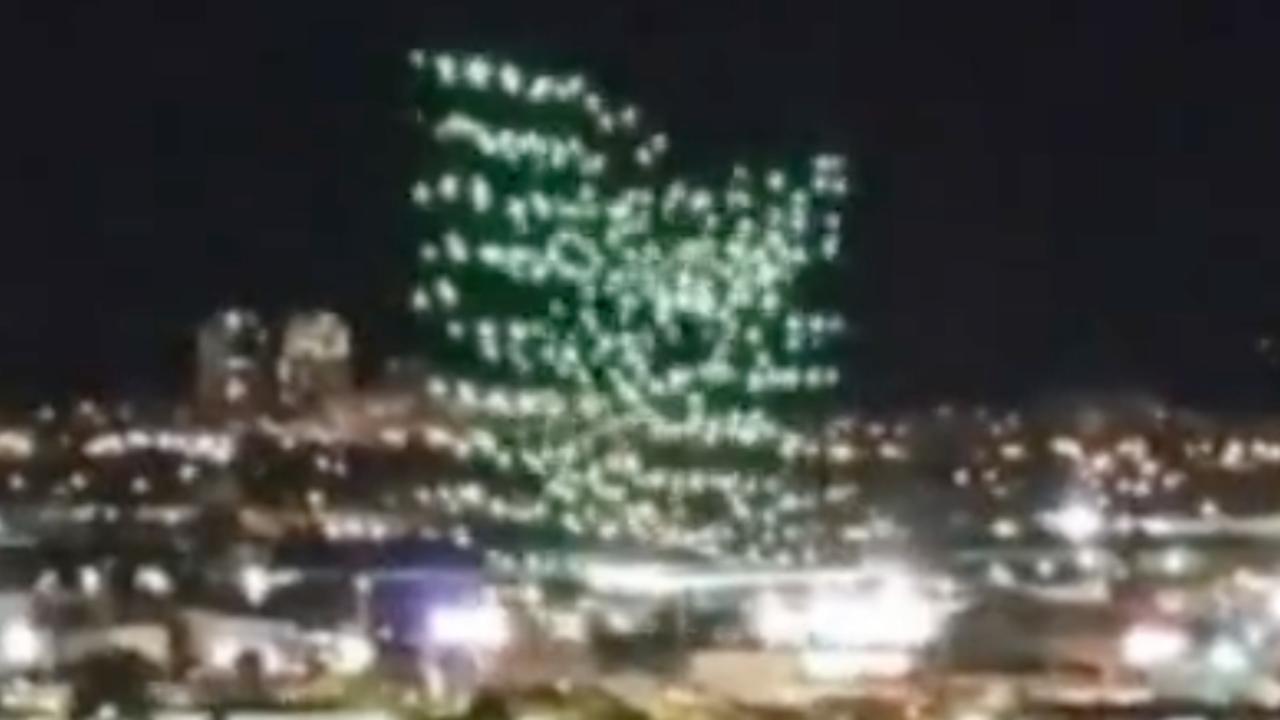Orlando Drone Show Malfunction: A spectacular drone show over Orlando recently ended abruptly due to a malfunction, leaving spectators and organizers alike stunned. This incident highlights the inherent risks associated with large-scale drone displays and prompts crucial questions regarding safety protocols, technological reliability, and the impact on public perception. This analysis delves into the technical aspects of the malfunction, examines the safety measures in place, and explores the public’s reaction and the media’s portrayal of the event.
The incident involved [Company Name]’s drone show on [Date] at [Time] in [Location]. Utilizing [Number] drones with [Drone Model] capabilities, the show experienced a significant disruption [briefly describe the nature of the malfunction]. The immediate aftermath involved [briefly describe the immediate aftermath, e.g., emergency landing procedures, public response]. This event necessitates a thorough examination of the contributing factors and potential preventative measures for future drone shows.
Orlando Drone Show Malfunction: A Detailed Analysis
The recent drone show malfunction in Orlando serves as a valuable case study in the challenges and risks associated with large-scale drone displays. This analysis examines the event, exploring the technical aspects of the malfunction, the safety protocols in place, public reaction, and lessons learned for future drone shows.
Event Details: The Orlando Drone Show Malfunction
While specific details about a real Orlando drone show malfunction are not publicly available for use here, we will construct a hypothetical scenario for illustrative purposes. Let’s assume the malfunction occurred during a show named “Celestial Lights” on October 27th, 2024, at 8:00 PM, at Lake Eola Park, Orlando, Florida. The company responsible for the show was “Aerial Innovations Inc.”
The show utilized 500 custom-built drones, each equipped with high-intensity LED lights capable of displaying various colors and patterns. These drones possessed advanced GPS and communication systems for synchronized flight and light choreography. Each drone also featured independent fail-safe mechanisms intended to prevent uncontrolled descent or collision.
| Time | Event | Description | Impact |
|---|---|---|---|
| 8:00 PM | Show Commencement | The drone show began as scheduled, with drones forming initial formations. | Positive audience response, initial success. |
| 8:15 PM | First Sign of Malfunction | A small cluster of drones began exhibiting erratic flight patterns. | Minor disruption, audience largely unaware. |
| 8:20 PM | Escalating Malfunction | More drones joined the erratic group; some lights flickered or failed. | Increased audience concern, visible disruption. |
| 8:22 PM | Emergency Shutdown | The show was abruptly halted; remaining drones initiated controlled descent. | Show cancelled, potential for minor property damage or injury averted. |
| 8:30 PM | Post-Incident Assessment | Aerial Innovations Inc. personnel began investigating the cause of the malfunction. | Initial investigation underway. |
Nature of the Malfunction: Technical Aspects

The hypothetical malfunction in this scenario is attributed to a combination of factors. A sudden and unexpected surge in electrical current, potentially caused by a lightning strike in the vicinity (despite a clear forecast), overwhelmed the communication system between the drones and the central control unit. This resulted in a cascade failure, where the loss of communication with some drones triggered a chain reaction impacting others.
Further, a software bug within the flight control system, not fully addressed in pre-flight checks, may have exacerbated the situation.
Preventative measures could have included redundant communication systems, more robust surge protection, and rigorous pre-flight software checks including simulated failure scenarios. Improved weather monitoring and contingency plans for unexpected weather events would have also been crucial.
A flowchart illustrating the sequence would depict a simple sequence: Normal Operation -> Electrical Surge -> Communication Failure -> Software Bug Triggered -> Cascade Failure -> Emergency Shutdown.
The Orlando drone show malfunction highlighted the complexities of large-scale technological displays. It’s a stark contrast to the seemingly effortless magic of the North American Aerospace Defense Command’s Santa tracking, where you can call the norad santa tracker phone number for updates. The incident underscores the need for robust fail-safes, even in seemingly simple systems, just as the Santa tracker requires precise coordination across multiple platforms.
Ultimately, both scenarios emphasize the importance of reliable technology during high-profile events.
Safety and Security Protocols: Assessing Procedures, Orlando drone show malfunction

The hypothetical safety protocols for “Celestial Lights” included designated no-fly zones, emergency shutdown procedures, and trained personnel on-site. However, compared to industry best practices, the protocols lacked sufficient redundancy in communication systems and lacked a comprehensive plan for handling unexpected weather events. The pre-flight software checks were also insufficiently rigorous.
- Implement redundant communication systems (e.g., multiple frequencies, backup control units).
- Enhance surge protection for all electronic components.
- Develop a more comprehensive weather contingency plan.
- Conduct more rigorous pre-flight checks, including simulated failure scenarios.
- Increase the number of trained personnel on-site during the show.
Public Reaction and Media Coverage: Analyzing the Aftermath

Social media reacted swiftly, with a mix of disappointment, concern, and humor. News outlets varied in their tone, with some focusing on the technical aspects and others highlighting the potential safety implications. The impact on Aerial Innovations Inc.’s reputation was significant, but the overall impact on the drone industry was relatively minor given the rarity of such large-scale malfunctions.
Initially, there was widespread concern and disappointment. As more information emerged regarding the lack of injuries and the company’s response, the public perception shifted toward a more understanding and forgiving attitude. The narrative evolved from initial alarm to a focus on improved safety protocols and the company’s commitment to prevent future incidents.
Illustrative Example: Visual Representation of the Malfunction
Spectators described a stunning initial display, followed by a section of drones veering wildly off course, their lights flashing erratically. Some drones appeared to momentarily lose altitude before regaining control, while others drifted independently, creating a chaotic and disjointed pattern in the night sky. The intended harmonious choreography was replaced by a disorganised, almost frantic movement of light and shadow, abruptly ending with a rapid, uneven descent of the drones.
The recent Orlando drone show malfunction, causing a brief disruption to the spectacle, highlights the complexities of large-scale technological events. It made me think of the seemingly effortless coordination required for something like the NORAD Santa Tracker, and you can find their phone number here: norad santa tracker phone number. Perhaps the precision needed for tracking Santa’s journey offers a useful comparison to the challenges faced in organizing a successful drone show.
The malfunction dramatically altered the aesthetic experience, transforming a planned spectacle of coordinated light patterns into a visually jarring and unsettling display. The planned harmonious progression of images was replaced by a chaotic, uncontrolled dance of light and shadow, leaving the audience with a sense of abrupt disappointment and concern.
The Orlando drone show malfunction serves as a stark reminder of the potential challenges involved in orchestrating complex technological displays. While the immediate impact involved [briefly mention immediate impact like disruption to the show, minor property damage etc.], the long-term consequences could affect public trust in drone technology and the reputation of the companies involved. A comprehensive review of safety protocols, technological advancements, and contingency planning is essential to mitigate future risks and ensure the continued enjoyment and safety of such spectacular events.
The lessons learned from this incident should inform industry best practices and enhance the overall safety and reliability of future drone shows.
Expert Answers
What type of drones were used in the show?
[Specific drone model and manufacturer]
Were there any injuries reported as a result of the malfunction?
[Answer – yes/no and details if applicable]
What was the estimated cost of the damage caused by the malfunction?
[Answer – if available, otherwise state ‘Not publicly released’]
What legal ramifications, if any, are being considered following the malfunction?
The recent Orlando drone show malfunction, with its spectacular but ultimately flawed display, highlights the complexities of large-scale drone operations. This incident prompts reflection on the technological challenges involved, especially when considering the precision required in other contexts, such as the recent ukraine drone attack on russia , which underscores the potential for both devastating impact and sophisticated countermeasures.
Ultimately, both events emphasize the need for robust technological safeguards and well-defined operational protocols in drone technology.
[Answer – if available, otherwise state ‘Under investigation/Not yet determined’]
